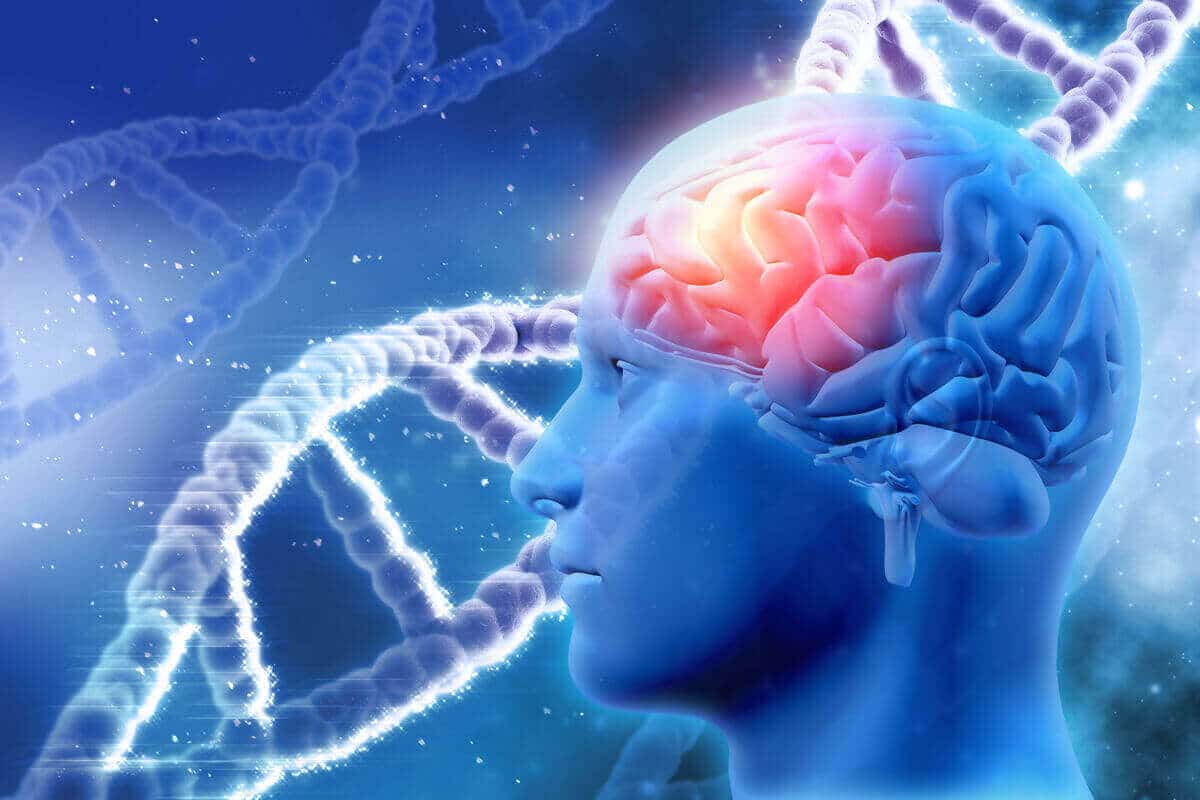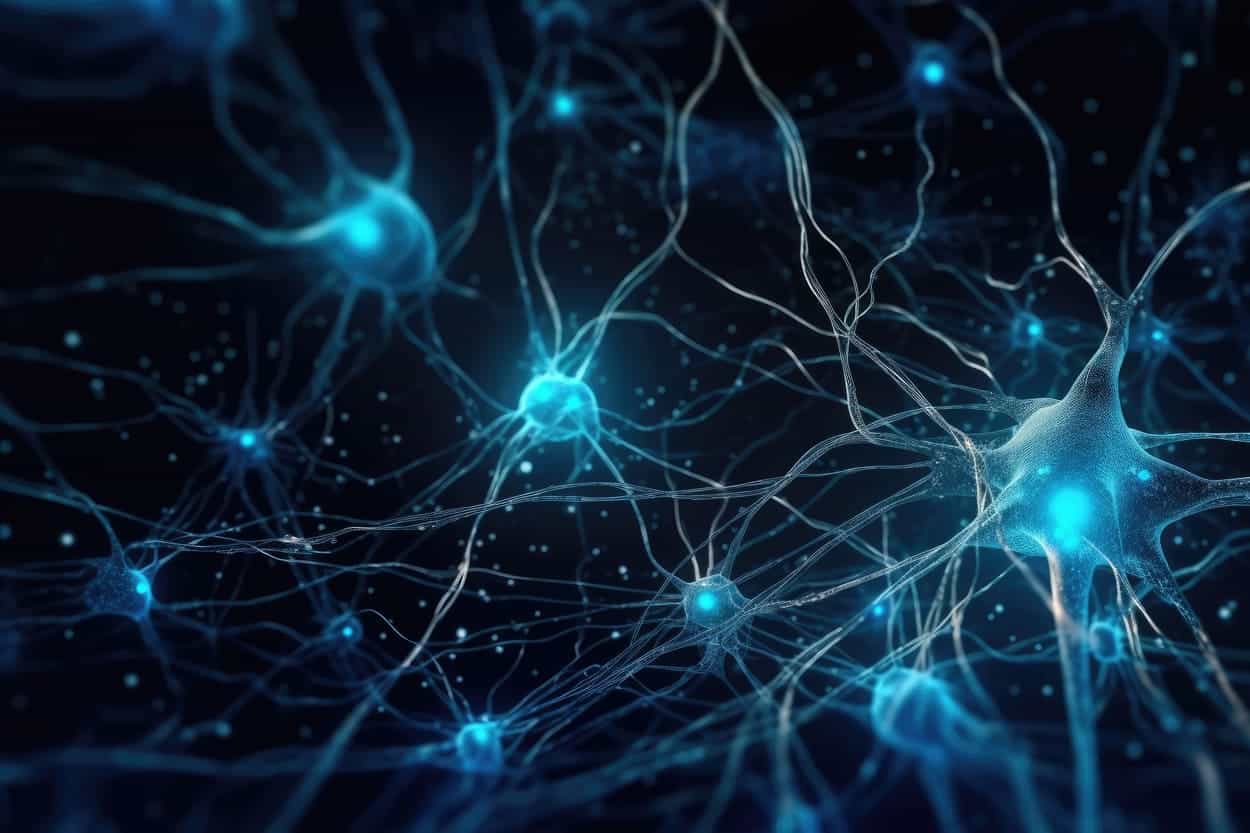Confabulations can be defined as false memories due to a retrieval problem, where the patient is unaware that he/she is confabulating and has the belief that the memory is true[1].
In a previous post, the classification, neuropathology and underlying cognitive mechanisms that contribute to the appearance of confabulations were briefly explained. In this second part, the major neuropsychological models proposed to explain confabulations will be outlined.
Theoretical models of confabulation
Early models that were proposed to account for confabulations considered themas a compensatory mechanism resulting from the need to fill gaps in memory. However, this theory is considered outdated nowadays as current motivational models suggest that emotional processes may account for the content of confabulations [1].
Neuropsychological explanations have postulated two large groups of theoretical models: temporality theories and retrieval theories [1].
1.1. Temporality theories
Temporality theories understand confabulation as the result of a disturbed sense of chronology or temporal confusion; thus, confabulating patients can remember the content of events but not their order of occurrence. This explanation stems from the observation that, in many cases, confabulations can be traced back to real memories which are misplaced in time.
There are different versions of this account:
- According to Dalla Barba et al.,confabulation reflects a distortion of temporal consciousness. This temporal consciousness comprises three dimensions (past, present and future). The authors suggest that confabulatorsare aware of the past, present and future but that, due to a deficit in the ability to ascribe memory representations to specific moments in time, they confuse their memories along those three temporal dimensions; as a result, habits and semantic knowledge are apprehended as personal events [1]. Moreover, when asked about their recent memories or future plans, confabulating patients tend to answer with routines or habits from their long-term memory, regardless of their relevance in the present [2].
- Schnider and colleagues propose that spontaneous confabulation (see classification of different types of confabulation in volume I) is a confusion of on going reality with past events resulting from the inability to suppress previously relevant—but currently irrelevant—information. The authors argue that suppression is the primary mechanism and that it occurs before the content of a memory is recognized, which can explain confabulators’ conviction in the truthfulness of their memories [1, 2]. Additionally, the authors suggest that the orbit o frontal cortex plays a key role in spontaneous confabulation.
- The reality monitoring framework and the source monitoring framework—more general cases of the temporality theory—suggest that confabulation is a result of the inability to determine when (the context) and where (the source) a memory was acquired. Specifically, reality monitoring (RM) refers to the process of distinguishing a past perception from a past act of imagination whiles ource monitoring (SM) alludes to the ability to distinguish the source of different memories (the media and sensory modalities through which a memory was perceived) and specify the contextual conditions under whicha memory is acquired (e.g., the temporal, spatial and social context of the event). According to this,the production of confabulation might be due to disturbances in different mechanisms, including encoding, retrieval, motivation and evaluation of memories, there for eleading to a confusion between internally generated memories (imagined events) and externally derived memories (real events).
1.1.1. Temporality theory and reality and source monitoring frameworkslimitations
As pointed out by several authors [1, 3], the main limitation of temporality hypothesesis that the temporal context is not specific to confabulation, since confusions in the temporal dimension have been observed both in confabulating and in non-confabulating amnesics. Additionally, the empirical evidence supporting the temporality theory comes from studies on confabulation occurring in theepisodic domain and therefore this theory can neither account for fantastic nor semantic confabulations [1].
Likewise, studies documenting the source monitoring framework have concluded that source monitoring deficits are neither specific to confabulations (SM errors can occur in non-confabulating patients) nor can they predict them [1]. Moreover, discrepancies have been found regardingthe anatomical structures involved insource monitoring (the dorsolateral prefrontal cortex) and confabulations (the medial orbitofrontal cortexand the ventromedial prefrontal cortex).
1.2. Retrieval theories
Retrieval theories relate to the reconstructive nature of memory. These accounts view confabulation as the result of a specific deficit in retrieval processes rather than disturbances in the processes of encoding, consolidation, or storage [1].
The most robust evidence in favor of this hypothesis is that it affects both retrograde and anterograde memory; however, since retrieval is not a unitary process, it is necessary to specify which component of retrieval fails, thus leading to confabulations [1].
There are two models within this group:
- Gilboa and Moscovitch,in their global memory model, distinguish between two types of retrieval processes: associative/cue-dependent retrievaland strategic retrieval.
Associative retrieval—a relatively automatic process—is engaged when a proximal cue automatically interacts with information stored in memory to recover the memory that is being soughtorprovides the material for subsequent searches. The cue directly activatesboth the medial temporal lobe and posterior neocortex.
Strategic retrieval processes are applied when the retrieval cue is inadequate.These retrieval processes are mediated by different regions of the prefrontal cortex and include:
- Establishing a retrieval mode.
- Using general and personal knowledge to narrow the search.
- Monitoring, which involves evaluating and verifying the felt-rightness of the recovered memory.
- Placing the recovered memoryin a proper temporal-spatial contextin relation to other memories.
Thus, errors in cue-dependent retrieval may give rise to confabulation, but they are not a necessary condition for confabulation to arise. The initiation of a search processis often faulty in confabulators although different failures in other sub-processes could also lead to different types of confabulation; thus, this model can account for the production of both spontaneous and provoked confabulation.
- Burgess and Shallice explain confabulation based on an analysis of the protocols of healthy volunteers’ autobiographical recollections and propose that temporal context disruption is involved inmonitoring and evaluation processes.
Three components are identified in their strategic retrieval model:
- Description processes, which specify the type of trace that would satisfy the demands of the retrieval task.
- Memory-editing processes, which are continuously implicated in checking that the various outputs of memory search fit with each other and with the overall tasks requirements.
- Mediator processes are general strategic and problem-solving procedures, which are used to monitor the adequacy and plausibility of retrieved memories, but are not memory-specific processes.
According to this model, deficits in description, memory-editing and mediator processes will give rise to different types of confabulation.
1.2.1. Retrieval theories limitations
Based on these models, performance in recall tasks is expected to be worse than in recognition tasks; also expected are deficits in executive processes such as search initiation, monitoring the appropriateness of responses, and inhibiting inappropriate responses [1].
However, neuropsychological correlates of confabulation are not consistent across studies, so that, even whilethe evidence seems to suggest that both memory and executive deficits are associated with the phenomenon of confabulation, it has not yet been sufficiently clarified which specific memory and executive processes are responsible forconfabulation [1, 4].
Bibliographical references
- Lorente-Rovira E, McKenna P, Berrios G, Villagrán-Moreno JM,Moro-IpolaM (2011). Confabulaciones II: modelos explicativos. Actas EspPsiquiatr, 39(6):384-92.
- Glowinski R,Payman V &Frencham, K. (2008). Confabulation: a spontaneous and fantasticreview.Australian and New Zealand Journal of Psychiatry, 42:932-940.
- Metcalf K, Langdon R, Coltheart M. (2007). Models of confabulation: a critical review and a new framework. CognNeuropsychol, 24(1):23-47.
- Lorente-Rovira E, McKenna PJ, Berrios GE, Moro M, Villagrán JM (2011). Confabulaciones (I): Concepto, clasificación y neuropatología. Actas EspPsiquiatr, 39:251-9.
If you liked this post you may be interested in these NeuronUP publications:
NeuronUP from the point of view of patients with brain injury
Patients of the State Reference Center for Brain Injury Care give us their opinion on NeuronUP. “Seems to be made for me” (comment made by a former user from CEADAC who attended the NeuronUP presentation). This past Friday, we had the pleasure of presenting our platform at the Spanish National Reference Center for Brain Injury…
Continue Reading NeuronUP from the point of view of patients with brain injury
The importance of neurological physiotherapy in stroke patients
Physiotherapist Alejandro Caraballo from NeuroFisio Sevilla explores in this article how physiotherapy can make a difference in the rehabilitation of stroke survivors and what to consider when choosing a physiotherapist. A stroke can change life in an instant, affecting basic functions like walking or speaking. Neurological physiotherapy is an essential tool for recovery, helping patients…
Continue Reading The importance of neurological physiotherapy in stroke patients
Traumatic brain injury and its neuropsychological rehabilitation in executive functions
The neuropsychology specialist María Teresa explains in this article what is traumatic brain injury and its neuropsychological rehabilitation in executive functions. What are Traumatic Brain Injuries (TBI)? It is defined as an alteration in brain functioning caused by an external force (Menon, Schwab, Wright, and Maas, 2010). Traumatic brain injuries (TBI) are a critical public…
Cerebrovascular accident or CVA: types and possible sequelae
CVA has become a true pandemic. Figures suggest that it is one of the leading causes of death worldwide and the major cause of disability in the adult population. This article aims to provide information about what a stroke is, what types of stroke exist and what the possible sequelae are. What is a cerebrovascular…
Continue Reading Cerebrovascular accident or CVA: types and possible sequelae
Surviving neurons. The importance of early neurorehabilitation in cerebrovascular accident cases
The neuropsychologist Ana Isabel Moneo Troncoso, alluding to incomplete infarction and the capacity offered by Cognitive Stimulation (CS) to promote neuronal plasticity, explains the importance of early neurorehabilitation in cases of cerebrovascular accident (CVA) for greater recovery. What is a cerebrovascular accident? A CVA, stroke or apoplexy, refers to the acute neurological injury that occurs…
Psychiatric disorders in acquired brain injury
One out of every two people presents cognitive deficit, affective disorder or behavioral change after a stroke, the main cause of acquired brain injury in Spain. Psychiatric disorders following an acquired brain injury condition the social integration of the affected person. In patients with severe head injury, behavioral alterations stand out as psychiatric sequelae. Psychopharmacology…
Continue Reading Psychiatric disorders in acquired brain injury







 Where are the cats? – New episodic memory activity for kids
Where are the cats? – New episodic memory activity for kids
Leave a Reply